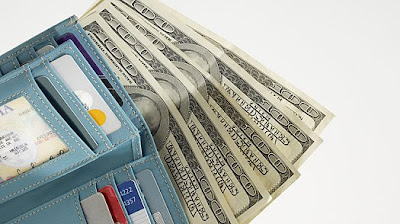Why A Business Plan?
Many people come to the SBDC for assistance with creating a business plan. This is always a necessity when applying for financing at a bank or credit union. When someone is going to agree to give you money, they darn well want to know what the plan is for, how it will be spent, and how it will be paid back. But it is also a good idea to create a plan or the rest of the pack - the lone wolves who just want to get the business started, the folks who are self-financing or who have loads of experience in the field in which they are creating their start-up, or the individuals who have small-beans goals. Why is this the case? Your plan can also be used internally by yourself as a living document as a way to understand your thought processes over time. This allows you to make adjustments to your life - err, that's a diary or journal and I mean business - but you see the similarity in the purpose of this type of writing, right? Of course, if you ever wanted to bring in a partner or
